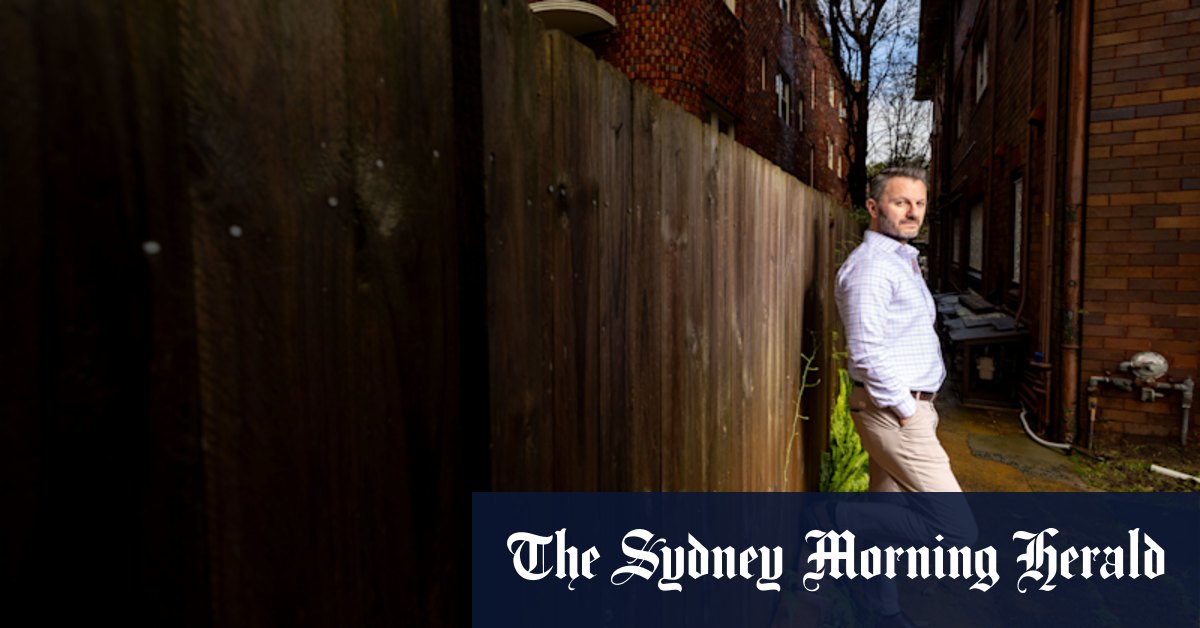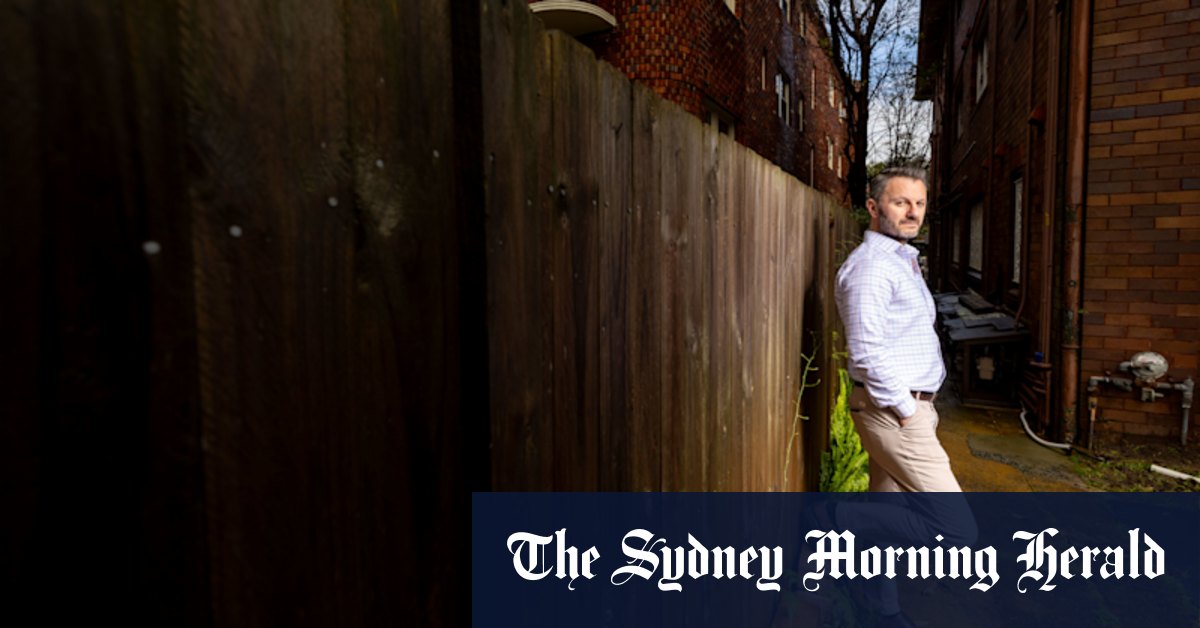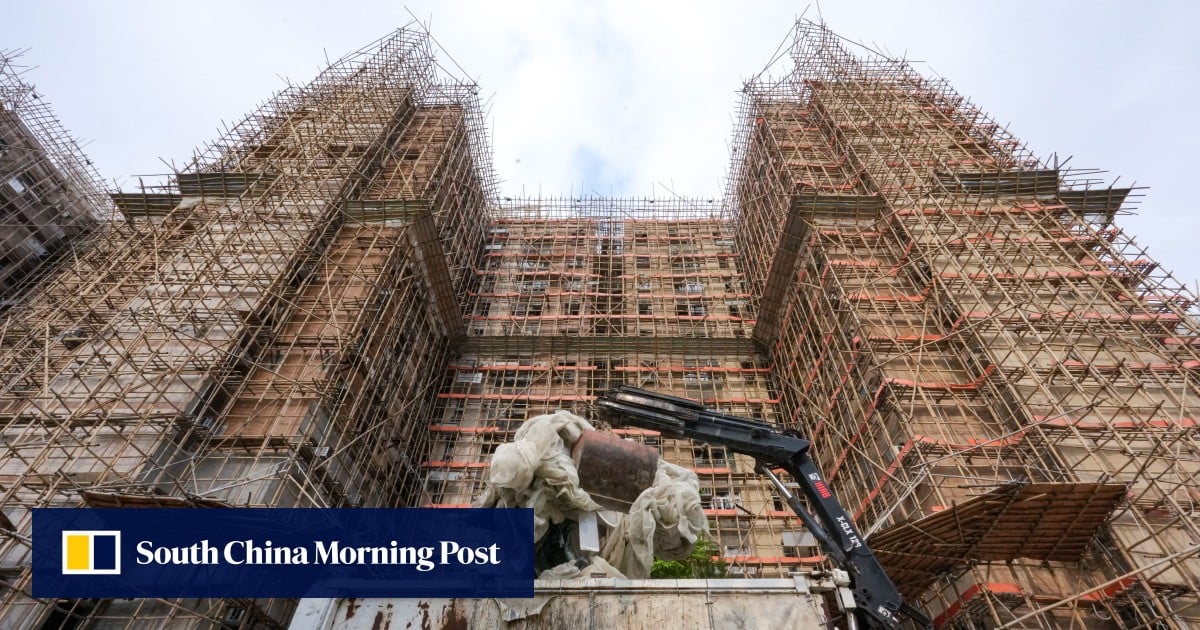He said the government’s transport-oriented development scheme and its Low and Mid-Rise housing policy had “unlocked” areas in the north shore and in the east, allowing for greater density and “sensible” returns. But he said the measure wasn’t “moving the dial fast enough”.
Loading
“It’s not doing enough to stem the issues, and to truly address the housing crisis. You have to cauterise the bleeding, and that isn’t happening right now,” he said.
The TOD and LMR programs were enacted by the NSW government as attempts to ease the housing crisis and increase supply, through measures such as rezoning and planning reform, to accelerate housing construction.
But both policies are focused on infill, where the government seeks to build density, as opposed to greenfield policies that look to build homes on undeveloped land.
Urban Development Institute of Australia chief executive Stuart Ayres said the government’s focus on infill had meant it had “put all their eggs in one basket” and that the measures were not reflective of the current “economic reality”.
“The infill agenda that the government has projected over the last two to three years has not materialised, with the number of dwellings that they’d hoped would be under construction at this stage, and that’s a reflection of market conditions and feasibility,” he said.
UDIA predicted the government’s policy focus on infill would reach a feasibility crisis last year. Ayres said the industry had “warned the government of it 12, 18 months ago”, and that “blindly pursuing an infill agenda that was established at the start of the term that is clearly not delivering the housing volumes that the government expected nor the public needs”.
He said UDIA expected material costs to “stabilise” in the next 12 months, but that wage growth would continue to be a “challenge” for the industry.
These pressures on developers come at a worrying time for Sydney’s housing crisis. Rents in the city hit new peaks last month.
The latest Domain Rent Report shows a rise in rents for houses and units, both markets increasing by 2.8 per cent over the year to June. Vacancy rates remain tight, at 1.1 per cent for houses and units alike. Supply is still a major issue.
Loading
Analysis of crane numbers in Sydney also indicates developments are not increasing to address the crisis. The Rider Levett Bucknall crane index shows a steady decrease in crane numbers since the third quarter of 2023.
According to the index, the residential sector had an overall decrease of 1.3 per cent, recording a net decrease of 11 cranes compared to the third quarter of 2024.
Despite this, Planning Minister Paul Scully struck an optimistic tone about housing in Sydney, saying the government had seen “a steady increase in the number of housing proposals being lodged and approved”.
“We’re also pleased to see more growth in new housing in the east and north of Sydney after over a decade of western Sydney being forced to take almost all the new housing growth without the infrastructure while places with good infrastructure weren’t made to take their fair share of housing.”
He denied the government had “stopped greenfield development”, but he said the government understood “we need to do it in a way that doesn’t leave communities stranded with no water or sewer services or a lack of access to transport and roads”.
Dimos and Ayres had numerous suggestions for the government, from further subsidies for build-to-rent projects, increasing infrastructure spending and improving amenities in western suburbs to increase demand.
These strike at the difficult yet necessary balance authorities need to find, between affordability and yield, between the chance to increase supply and the necessity to ensure prices remain low.
Business Western Sydney executive director David Borger said there was an “economic reality” at the heart of this issue that couldn’t be ignored. “Unless developers can make a profit, they will not build,” he said.
“We want an industry where there is some profitability there, otherwise we don’t get the housing that we need.
“Feasibility has become a major issue. We’re finding that if you can only make a profit in a high land value location, that’s where developers will go until costs start to mediate.”
Borger agreed with developers that improving amenities and accessibility would increase prices, and that it make construction viable again and improve the lives of residents already in an area.
“Places with high amenity and public transport accessibility are likely to have higher values. Great parks, great retail entertainment, great walkability. These are all things that impact the value of property,” he said.
The Sydney Morning Herald has opened a bureau in the heart of Parramatta. Email [email protected] with news tips.







